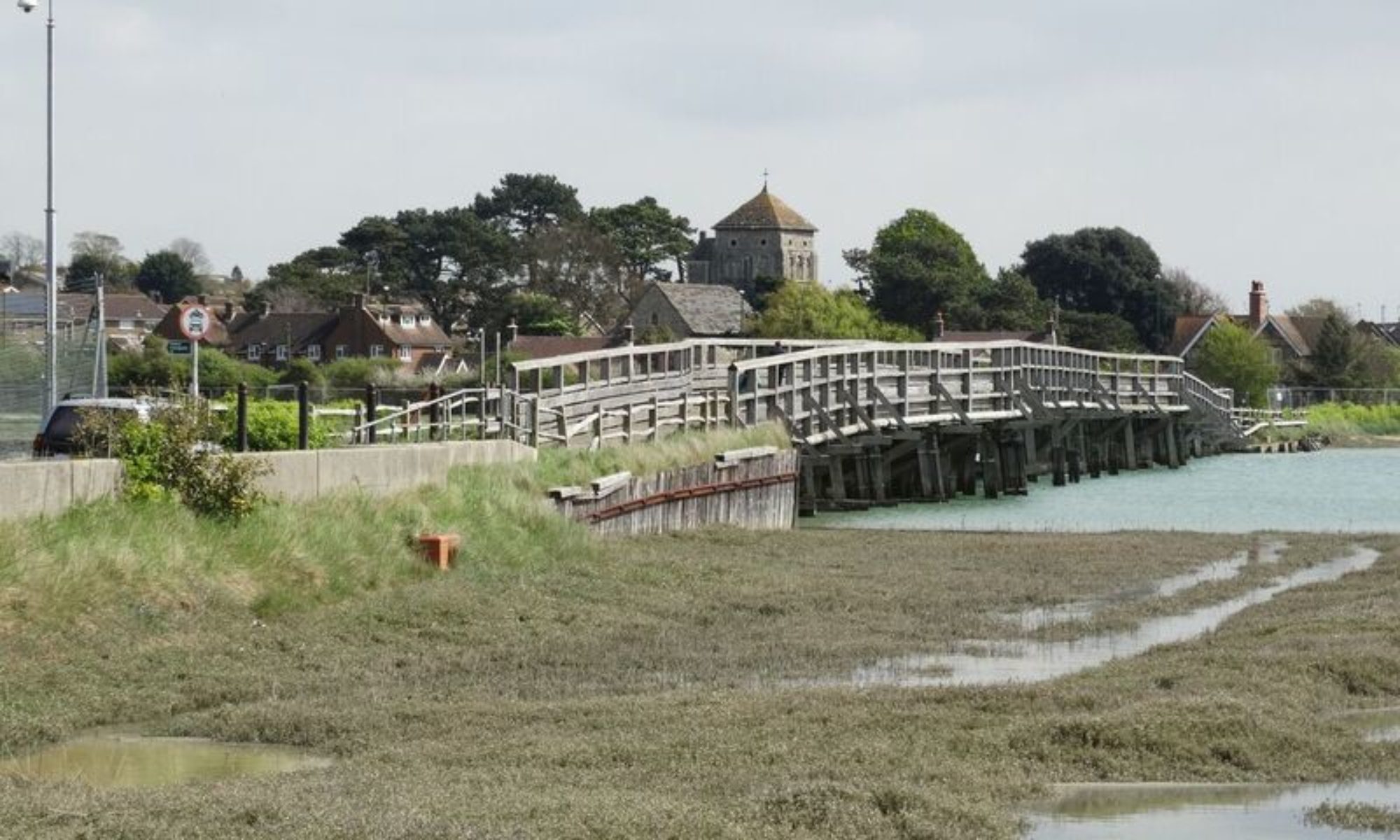
Day Trip to Ditchling
The village lies at the foot of the South Downs in East Sussex,
between the Downs to the south and Lodge Hill to the north. The area offers excellent walks with stunning views. Ditchling Beacon one of the highest points of the South Downs is near the village.
Ditchling Common, north of the village, is the source of the eastern River Adur which meets with the western River Adur near Henfield and flows in to the English Channel at Shoreham-by-Sea.
History
The history of Ditchling starts in Saxon times, when the people of Dicul settled here and King Alfred the Great held lands as a Royal Manor.
It is unknown exactly when the people of Dicul settled in the village, but Ditchling is first recorded in 765 as Dicelinga in a grant by King Alduuf of land bordering that of Ditchling. Later it is recorded that the Manor and its lands were held by King Alfred. When Alfred died in the year 900 it was given to a kinsmen named Osferth, and then reverted to the Crown under Edward the Confessor. After the Norman conquest, the land was held by William de Warenne. The Domesday book mentions a church and a mill in Ditchling and the population was approx 150 households. The land passed through several hands until in 1435 it was owned by the Marquess of Abergavenny who held it until the 20th century, when it was sold to developers who failed to get planning permission to build.
Source: Wikipedia












Day Trip to Rotherfield
Rotherfield lies halfway between Mayfield and Crowborough on top of a hill in an area of outstanding beauty. It is the source of the River Rother, which springs from a cellar in a house in the village, and the River Uck.
There are written records of Rotherfield in the 8th century. It was featured in the Domesday Book and in various other medieval documents. Three inhabitants were burnt at the stake for their religious beliefs in Tudor times.
Rotherfield was originally a Saxon settlement in an area generally covered with oak forest. The church stands at the top of the hill, which was then surrounded by cleared land.
The areas nearest to the valley bottoms, where water was available, were farmed.
After an excellent traditional pub-meal at the Catts Inn with very friendly service, we set out on our 8.5 km walk on the warm and sunny afternoon.

The Pub!

St Denys Church

Distant Rotherfield

Dewlands Manor Golf Club

A wood full of bluebells

Typical countryside

Pass with difficulty

St Michael and All Angels Church, Jarvis Brook

Erosion

Iron-rich stream

Hornshurst Wood, Rotherfield
Day Trip to Buxted
The origin of the name buxted comes from the Sacon Bochs Stede which means the “place of the Beeches”
The iron-making industry became a major part of Buxted’s early prosperity. The first standard blast furnace was called Queenstock and was built in Buxted parish in about 1491.The cannon-making industry in the Weald started at a furnace on the stream at Hoggets Farm lying to the north between Buxted and Hadlow Down. The first cast iron cannon made in England was cast in 1543 by Ralf Hogge, an employee of Parson William Levett, a Sussex rector with broad interests, paradoxically enough, in the emerging English armaments industry.
Levett was removed as Buxted’s vicar in 1545 by Thomas Cranmer, Archbishop of Canterbury. But thanks to friends in high places, Levett was quickly reinstated. After regaining his clerical position, Levett died a very wealthy man, thanks to his iron mining and smelting operations, originally founded by his brother John Levett, one of the founders of the Sussex iron industry and one of the wealthiest men in Sussex, who controlled 20 Sussex manors at his death in 1535. The family is of Norman descent and one of the oldest in Sussex. William and John Levett were the sons of a large landowner in the Hollington area of Hastings, Sussex. In his lengthy will, parson William Levett left large charitable bequests which he directed be supervised by his friend Anthony Browne, 1st Viscount Montagu.Richard woodman an ironmaster was born here, but he was burnt as a Protestant martyr in 1557.
The manor house, known as Bauxted Park, was purchased by the then Prime Minister, the Earl of Liverpool, in the early part of the 19th century. He set about extending the park surrounding the house, and eventually coerced the villagers to vacate their own houses to enable him to do so. The village (although not the church) was cleared away and the village then took up its present location. By 1836 the entire original village centre was no more, having been relocated to the site it occupies today. Some of the outlying houses pre-date this move, such as Britts, a 17th-century farmhouse, which still stands. The original manor house was built further down the hill next to the railway where Queen Victoria once visited – the house being the Chequers of its day. The original house burnt down in the latter part of the 19th century and was rebuilt in its present location.












